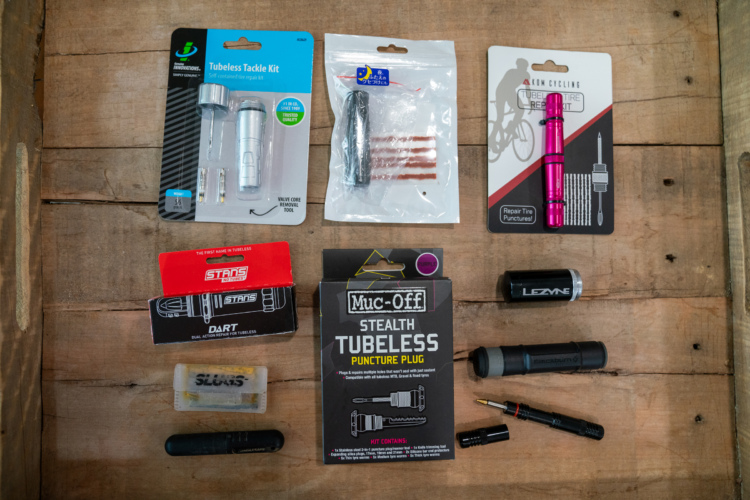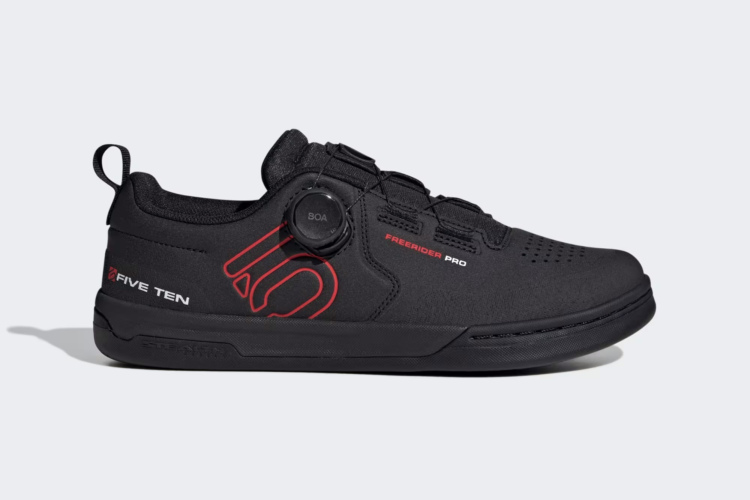
Bicycle inner tubes made from thermoplastic polyurethane (TPU) are lighter and stronger than standard black butyl rubber tubes, but they’re also fragile, according to the team at Rene Herse Cycles. So, in addition to offering their own thicker TPU tubes, they’ve developed TPU Tube Sealant.
Wait, what?
How TPU tube sealant works
According to the instructions, Rene Herse TPU tube sealant should be added to a TPU tube before it’s installed in a tire. The team recommends adding a mL volume of sealant equal to the width of your tire in millimeters. For example, for a 2.4″ mountain bike tire (60mm), add 60mL of sealant.
A representative for the brand explained to me via email that the sealant is “specially formulated for TPU tubes, since it doesn’t need to plug gaps between tire and rim, nor the sometimes leaky sidewalls that you get, especially with supple high-performance tires.” For that reason, riders don’t need as much sealant as they would for, say, sealing a tubeless tire, which generally requires 100mL of sealant or more.
The brand rep went on to say they couldn’t tell me what’s in the sealant (does it use latex or ammonia like tire sealant?) but assured me that “it really works in the field, not just in carefully controlled lab tests.”
Riders may already be familiar with Slime Self-Sealing inner tubes, which are sold with sealant already inside the tube. These butyl rubber tubes are said to prevent flats for two years, and they’re commonly available at department stores like Walmart. They’re heavy, too; according to this product listing, a single 29er Slime tube weighs about 400g, or almost a pound. A TPU tube, with 60mL of sealant inside, should only weigh about 125g while similarly reducing the chance of a flat tire.
Muc Off is another brand that sells sealant designed specifically for inner tubes, rather than tires. However, there is no mention of use with TPU tubes.


This won’t work with most TPU tubes
Rene Herse TPU sealant is designed for use inside a tube, so there needs to be a way to get the liquid in there. I tested half a dozen TPU tubes recently, including tubes from Tubolito and WTB, and none of those feature a removable valve core. Rene Herse TPU tubes do have removable cores, as do Tannus Dubied Endurance Ultra TPU road tubes, so either one of those will be much easier to use with the sealant.
The direct injection bottle is designed to fit a tire valve with the core removed, and the cap works as a valve core removal tool.
“Most TPU tubes use a plastic valve stem, but the valve core is always metal,” the brand rep told me. “When the valve core is tightened in the plastic tube, the tube deforms and can leak air. Tightening the valve core more—which usually cures those leaks—deforms the plastic tube more, making things worse. Rene Herse TPU tubes use a patented all-metal valve that doesn’t suffer from these issues.”
Why not just go tubeless?
Following my TPU tube test this month, I was surprised to hear that several readers are running TPU tubes long-term, rather than using them only as a temporary repair. The main reason for doing so seems to be that some wheels and/or tires are not tubeless compatible, and given the choice of tubes, a TPU tube is lighter than a rubber tube.
Does running a TPU tube with sealant save weight over a purely tubeless setup? It seems unlikely, unless you’re currently running an unusually high volume of tire sealant. For example, 6oz of tire sealant weighs about 180g, in which case a 62g Rene Herse TPU tube with 60mL of sealant will weigh at least 50g less. (We calculated the specific gravity of popular sealants in this test; most are just above 1.0, though note that Slime is the densest at 1.24!)
For those riders who can’t go tubeless, or simply prefer not to, Rene Herse promises their TPU sealant allows buyers to “enjoy the performance and convenience of TPU tubes with the flat-proofness of tubeless—truly the best of both worlds.”





















2 Comments
57 minutes ago
6 hours ago